We go back in time again to revisit the 90's coupés , many of which were dream cars and nowadays, even cult cars. In the first part of this Special we focused on European models, but most likely it is the Japanese manufacturers that we have to thank for having had so many coupés in the last decade of the last century.
Fueled by an economic “bubble” that occurred in Japan during the 1980s — until it burst violently in 1991 — there seemed to be funding for everything and more. Large “holy monsters” of the Japanese car industry have emerged at this time: Nissan Skyline GT-R, Honda NSX, Mazda MX-5, just to name a few.
They didn't stop there, as shown by the coupés we've put together, where some manufacturers even had the luxury of having several coupés in their ranges, covering various segments and… portfolios. Look at Honda's example: from the more affordable CRX to the anti-Ferrari NSX, through the Civic, Integra, Prelude and even the Accord had a coupé.
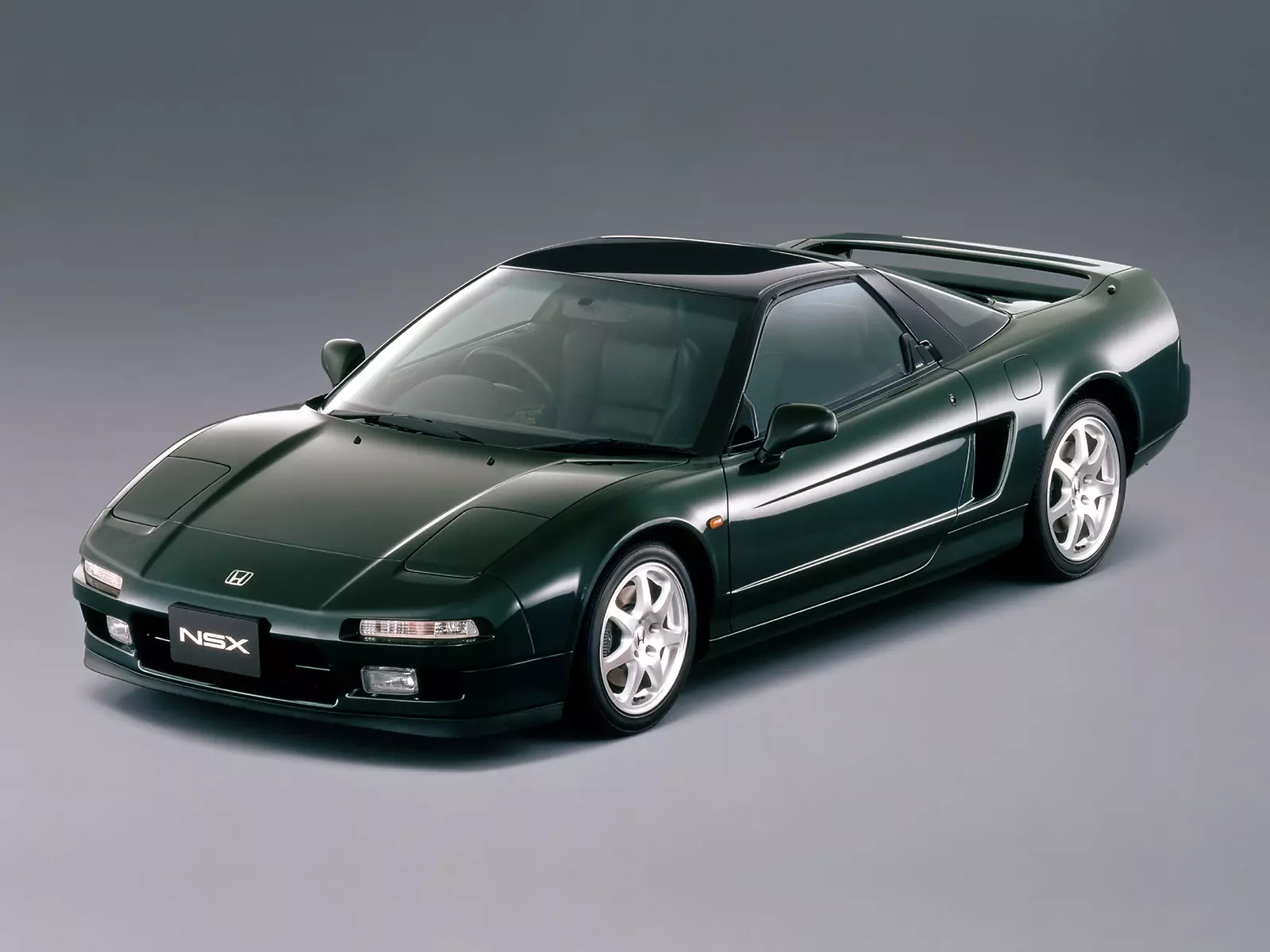
Without further ado, he keeps the 90's coupés from Japan.
legends
The 90's were one of glory for Japanese manufacturers in rallying (and beyond). It was in this decade that we first saw a Japanese car win a world title in the WRC. It was in this decade that we also witnessed the epic Mitsubishi-Subaru duel (duel that passed to the roads). It was in this decade that some of the greatest Japanese automobile legends were born, which still resonate strongly with so many enthusiasts today, due to the achievements achieved in rallies.
Subscribe to our newsletter
This is the case with this first pair of coupés from the 90s: TOYOTA CELICA (1989-1993 and 1993-1999) and SUBARU IMPREZA (1995-2000).
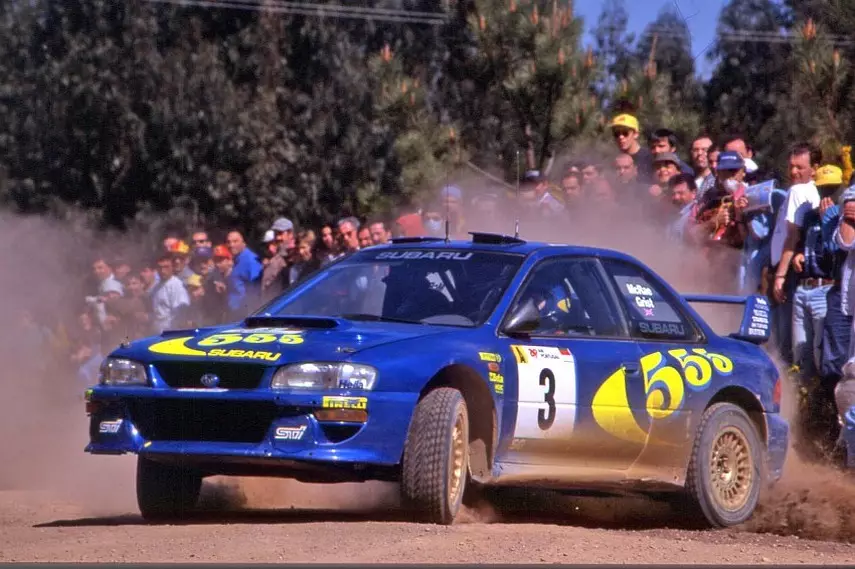
Subaru Impreza WRC, with Colin McRae at the wheel.
THE Toyota Celica (T180) released in 1989 was already the fifth generation of the Japanese coupé. Celica's status and visibility has grown substantially as a result of its achievements in the World Rally Championship (WRC), even with the previous generation. But it would be the T180, or rather the ST185 (the Celica GT-Four, which served as the basis for the competition model, had their own code) that would transform Toyota into a dominant force in the WRC.
And it was precisely with the Celica that he did it, having been the first Japanese model to win world titles in the WRC. A topic we've already covered more extensively:
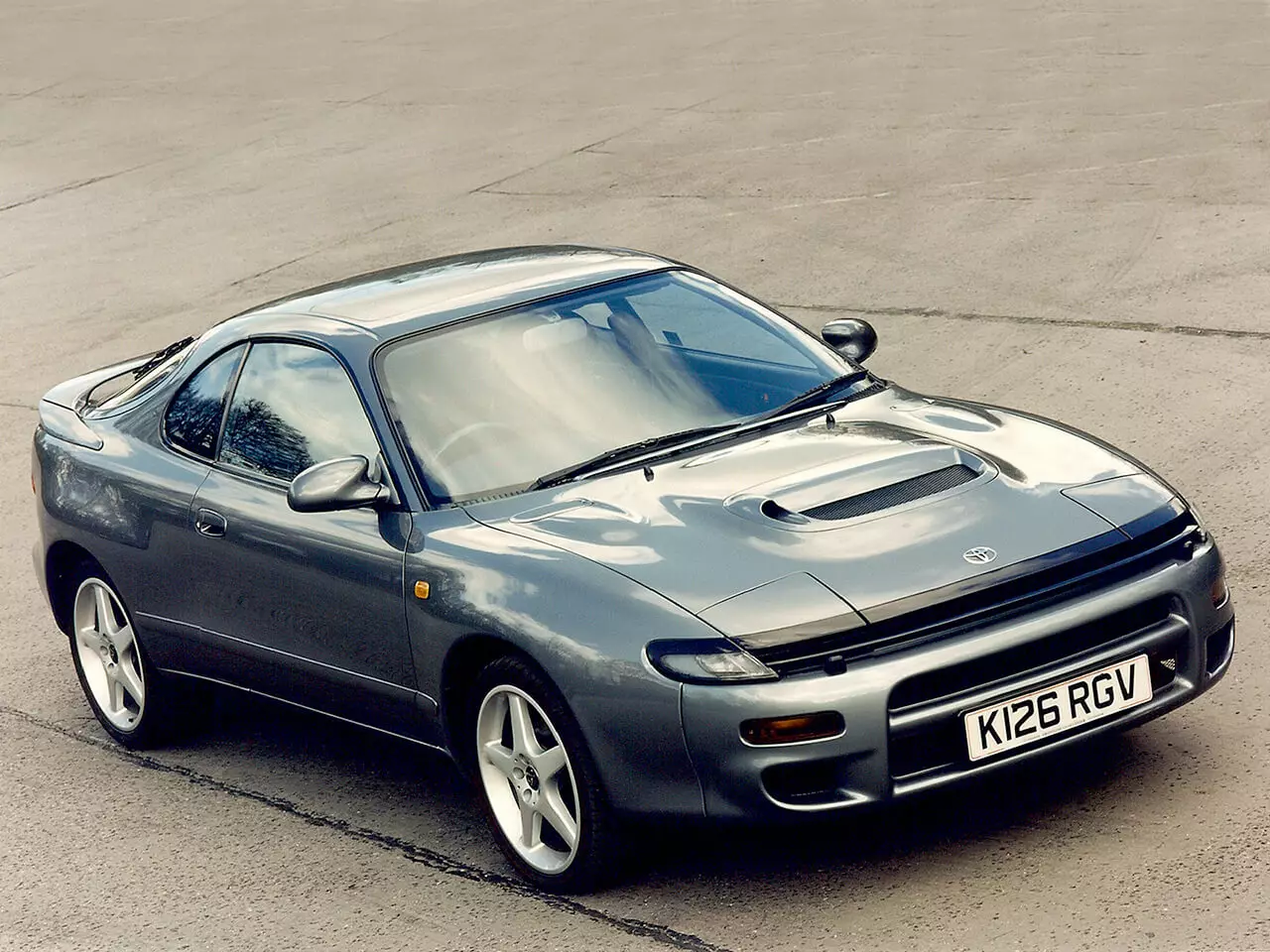
Interestingly, despite huge success in competition, the Celica T180's commercial career would be relatively short, just four years. In the fall of 1993 the sixth generation of the Celica was made known, the T200 and of course the GT-Four (ST205) which would be the most powerful Celica of all, with 242 hp extracted from the 3S-GTE, block of four cylinders in line , 2.0 l and turbocharged, always with manual transmission and always with four-wheel drive.
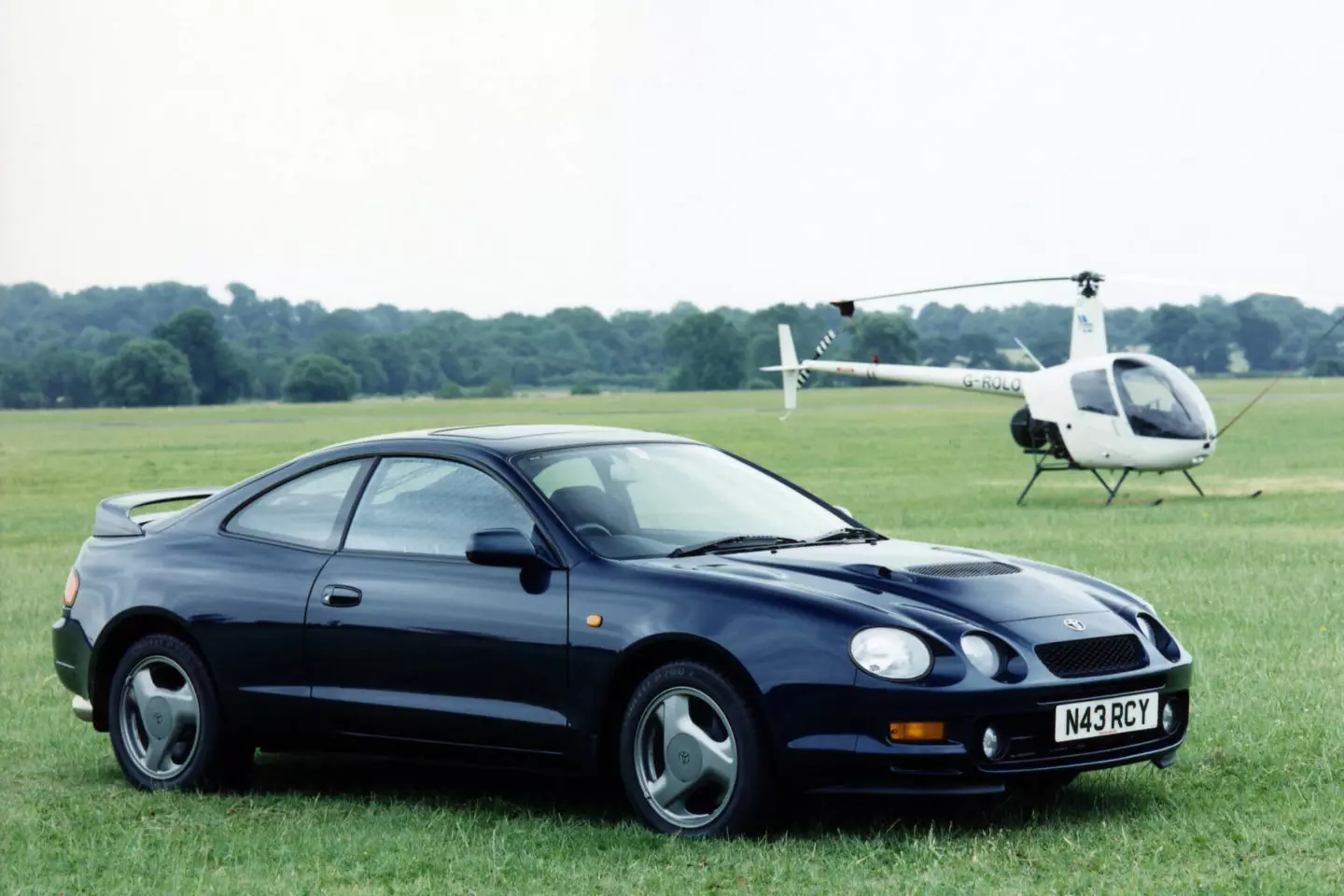
However, he failed to achieve the glorious achievements of his predecessor in the WRC. The Celica T200 stood out more for its much more aggressive styling, especially at the front, marked by four circular optics. A serious rival for all-ahead European coupés like the Fiat Coupé or the Opel Calibra.
If Celica achieved high levels of consecration and recognition thanks to the WRC, what about the Subaru Impreza, one of the most revered Japanese models of all time?
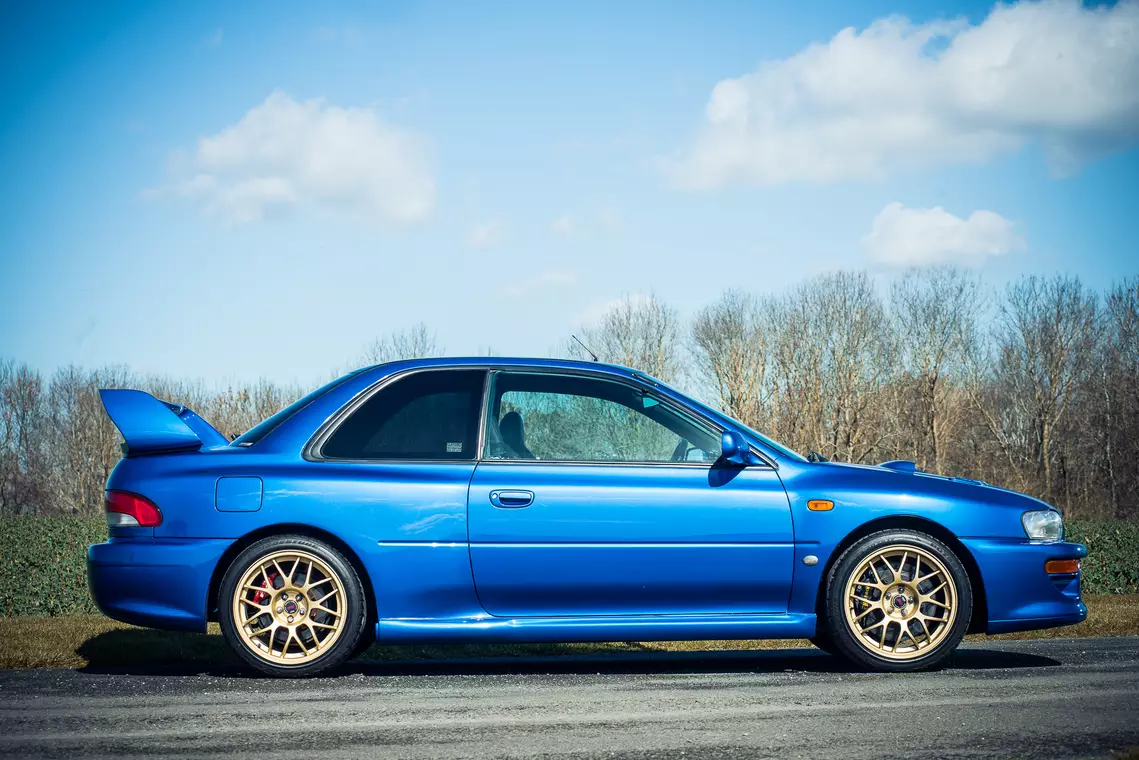
The Impreza coupé only appeared in 1995, three years after the sedan and the strange van (not everyone considered it as such). The two-door bodywork would only reach the WRC in 1997 (the Impreza already had two manufacturers' titles), taking advantage of the introduction of the WRC specification that had taken the place of Group A until then. And… did it, giving Subaru the third (and last) title of builders.
To reflect this success and also the 40th anniversary of the brand, the Impreza 22B would be launched, one of the pinnacles of the entire history of the Impreza. Limited to just over 400 units, it was more muscular looking (80mm wider) than the WRX and WRX STi, the four-cylinder turbocharged boxer engine grew from 2.0 to 2.2 l (official 280 hp). wheels from 16″ to 17″, and the outfit seemed to come directly from the Impreza WRC competition. Still today one of the most revered Impreza.
Japanese alternatives
Japanese coupés are not limited to those who thrived in the challenging world of rallying. Like the European coupés of the 90s, there was no lack of diversity among the Japanese proposals, as we can see in the next trio: HONDA PRELUDE (1992-1996 and 1996-2002), MITSUBISHI ECLIPSE (1990-1995 and 1995-2000) and MAZDA MX-6 (1991-1997).
We started with the model that was born coupé and now gives its name to an SUV/crossover, the Mitsubishi Eclipse . Born in 1990 after a joint venture with Chrysler — which would also give rise to the “brothers” Plymouth Laser and Eagle Talon — the stylish Eclipse would arrive in Europe as an alternative to the Celica.
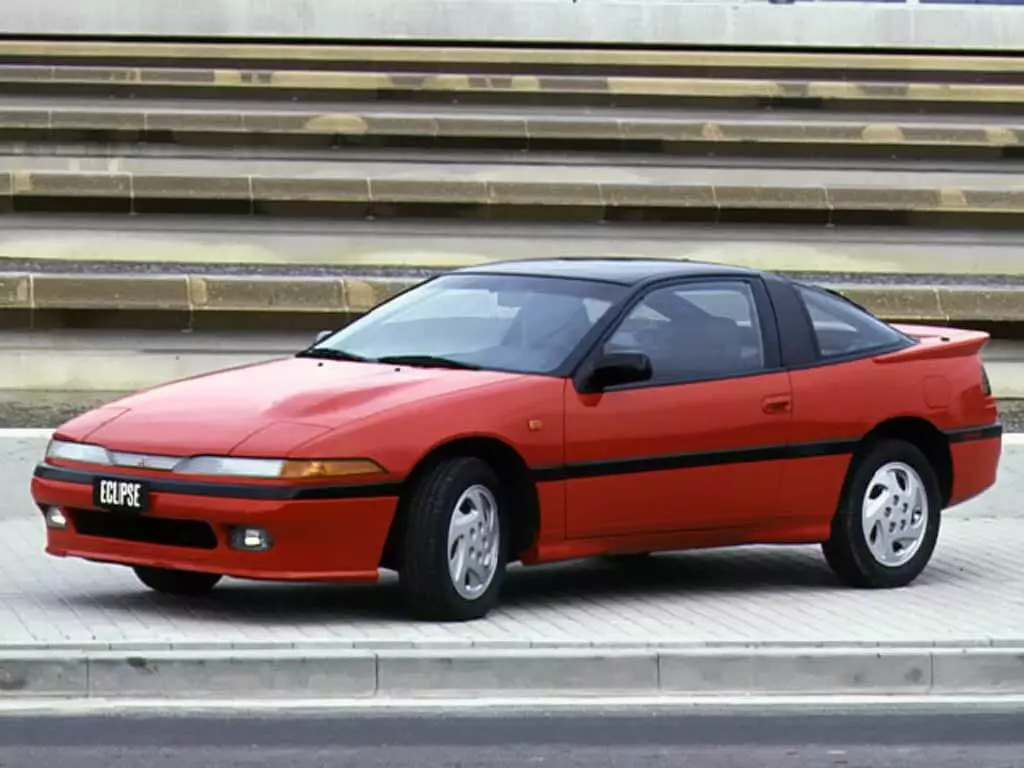
In Europe we only had access to the first two generations (D20 and D30), each with only five years of life, but in North America, their career extended for two more. It was always “all ahead”, although the more powerful versions, equipped with a turbocharged version of the 4G63 (4G63T), can have four-wheel drive.
4G63 sounds familiar? Well, it's the same block that equipped the Mitsubishi Evolution … and the L200! It really was a jack of all trades.
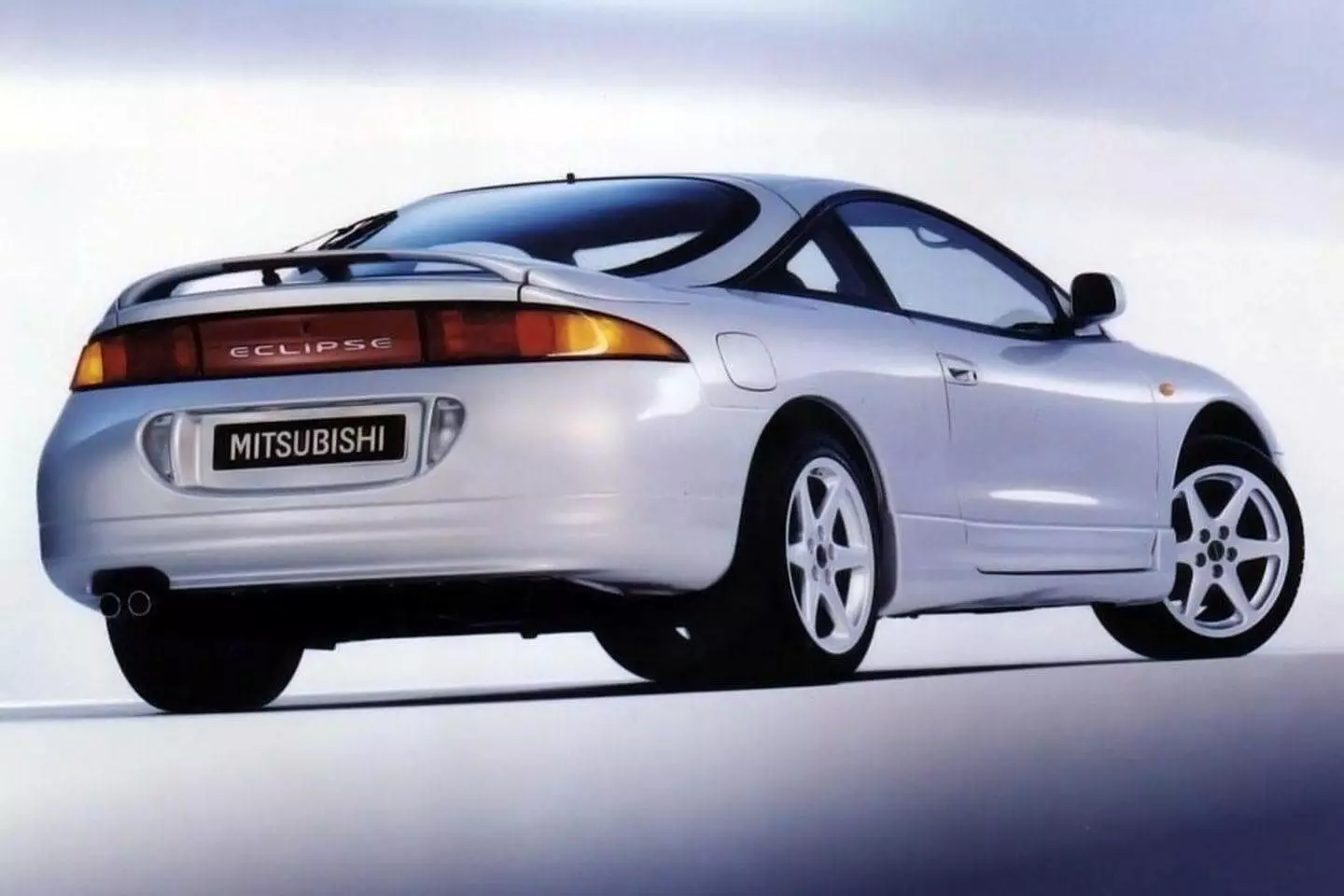
The Eclipse itself, in addition to its stylized bodywork (more linear in the first generation; more bio-design in the second generation) and performance of the turbo versions, was not the sharpest coupé, but it was no impediment to having a loyal following. . His “15 minutes of fame” arrived with the first film in the Furious Speed saga.
Also getting to know two generations (the 4th and the 5th) during the 90's we had the Honda Prelude , which was positioned somewhere between the Civic Coupé and the super-NSX. Technically closer to the Accord, it was Honda's hope that the Prelude could drive customers away from BMW's 3 Series Coupé.
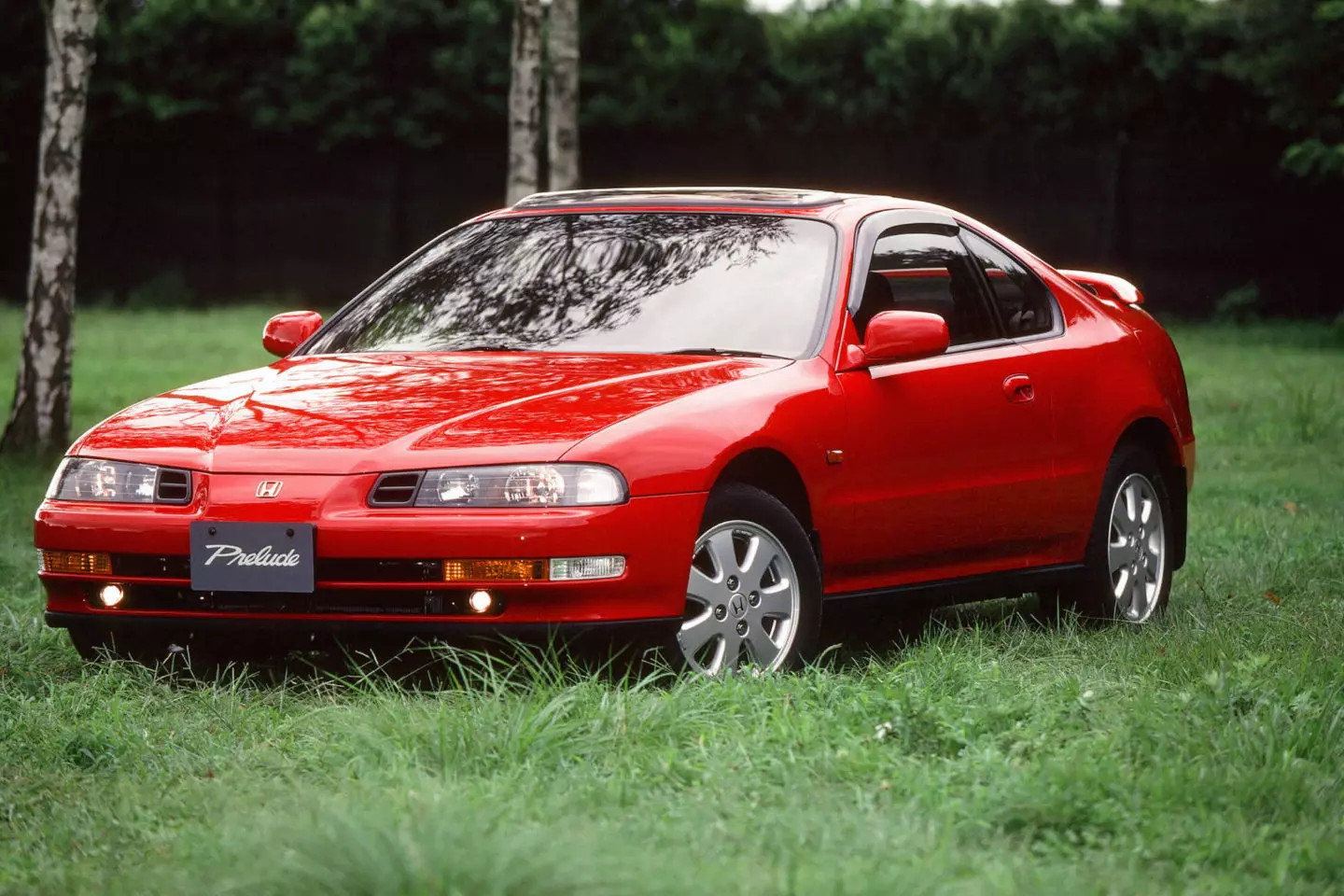
Despite Honda's good form in the early 1990s — unbeaten in Formula 1, NSX receiving the epithet of anti-Ferrari, VTEC engines that squealed louder than the others, etc. — Prelude always ended up passing something along with consumer preferences.
It was a pity, as it did not lack arguments and it continues to be one of the most under-appreciated coupés of this time. The top versions brought a powerful 2.2 VTEC (between 185 and 200 hp) and four-wheel steering, and dynamics at all levels of high competence. Was it his bold lines that separated him from success? Who knows…
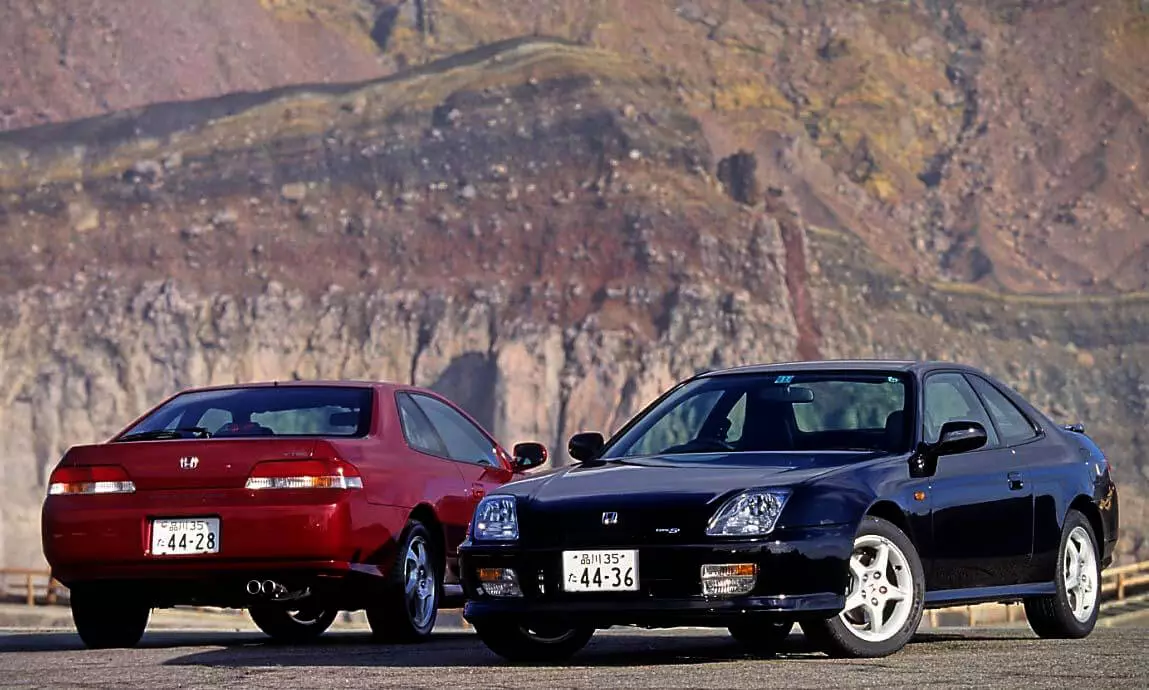
It was also the style of Mazda MX-6 which first captured our attention. It is, for all intents and purposes, the coupé version of the contemporary Mazda 626, just one more “all ahead”. Considered very elegant, its fluid lines would only be surpassed by the Peugeot 406 Coupé, launched in the same year that the MX-6 left the scene.
More GT than sporty, even when equipped with the most powerful 2.5 V6 and approximately 170 hp, the MX-6 didn't disappoint from the standpoint of behavior.
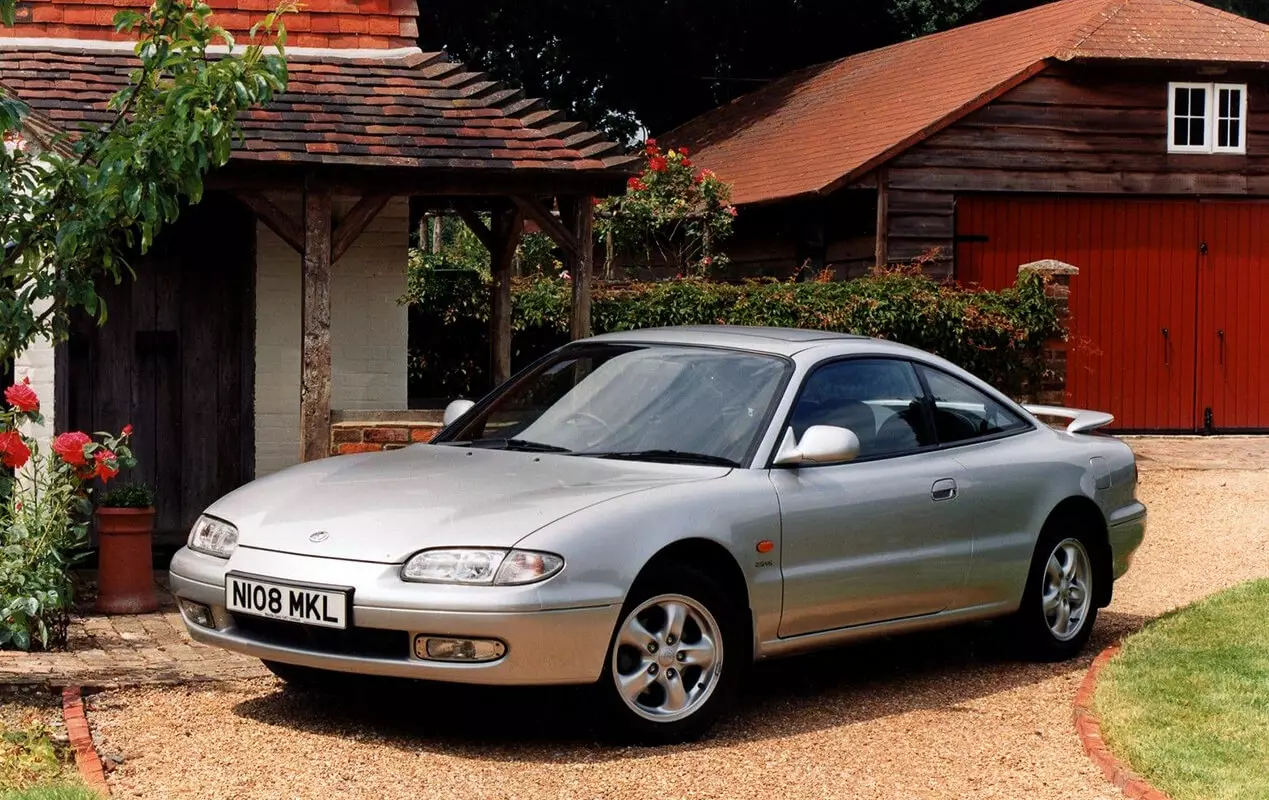
But he would also pass by many in Europe, including his "brother", the Ford Probe that shared everything with the MX-6, except the style, also quite futuristic. Mazda and Ford were together during this period, which justifies the proximity of the two models. The Probe was Ford's attempt to give a successor to the successful Capri, but the European market pretty much ignored it. Even so, it had more fans than its successor, Cougar, which we talked about in the first part of this 90's coupé reunion.
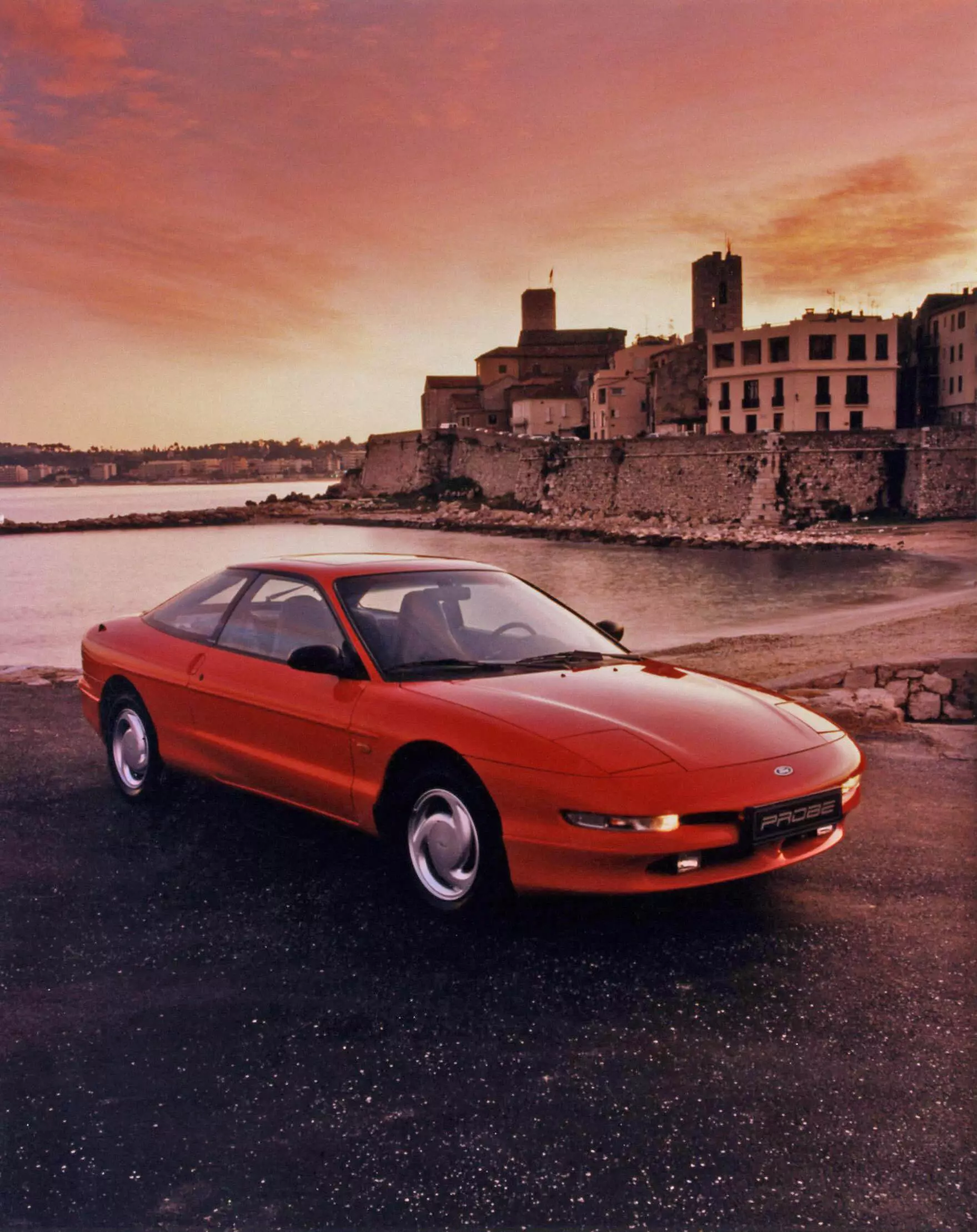
the most radical
If we could classify the previous trio of coupés for everyday life, with style being one of the main arguments, the HONDA INTEGRA TYPE R DC2 (1993-2001) it added to the style a predatory intent. Technically close to the Civic, the Integra was actually a model family that also included a four-door variant.
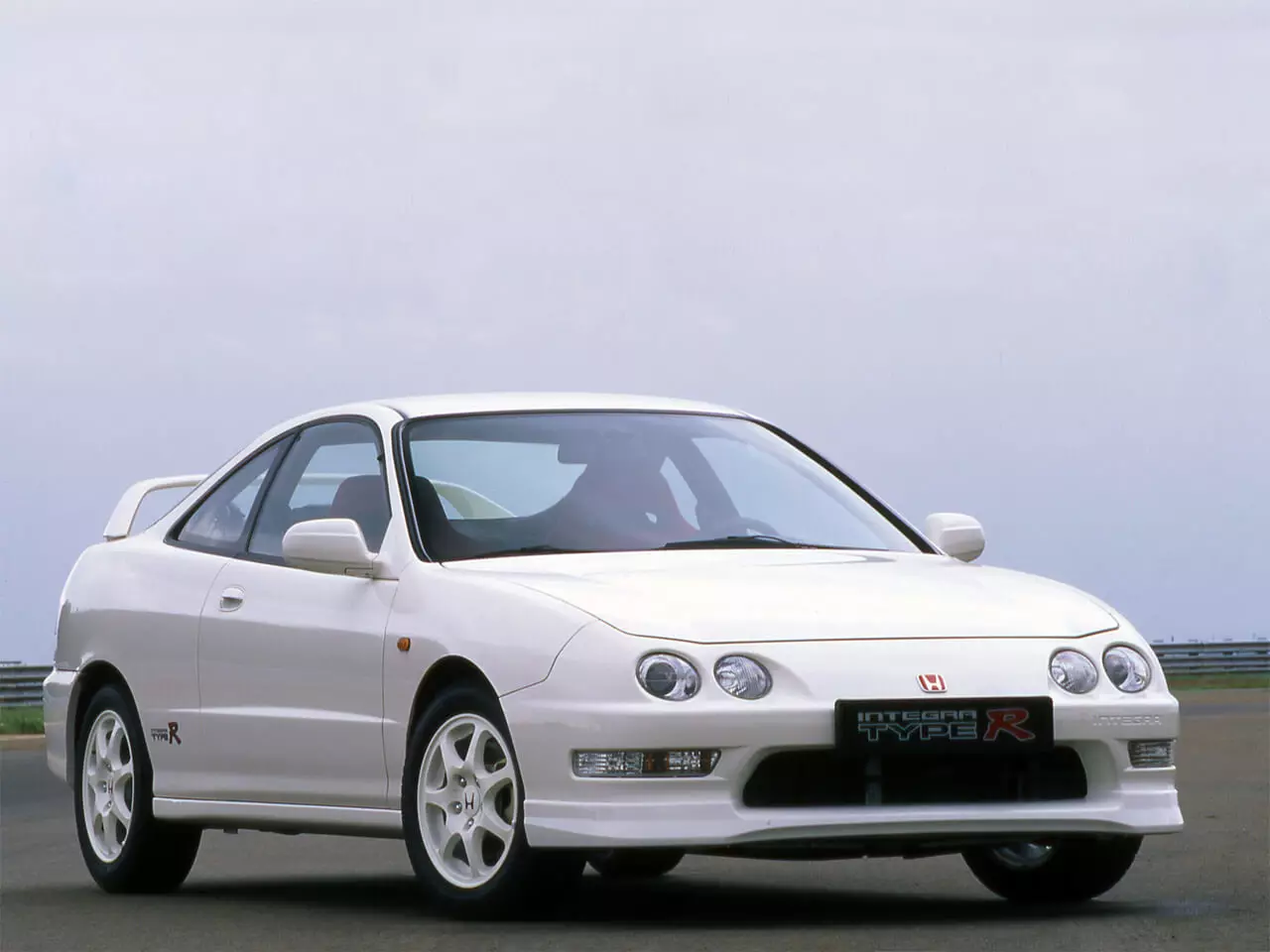
But its legendary status came from its coupé variant, specifically the Type R version, which came down to us in 1998. It is still considered by many to be the best front wheel drive ever, such was the incisive focus of Honda engineers on extracting everything. the potential of the model. We've already gone into more detail about this fantastic model, a unique proposal in the universe of coupés of the 90s:
(maybe) unique
The last but not the least… In this list of coupés from the 90s it is impossible not to mention the perhaps the only one that was created from scratch to be a sports coupé, with its own foundation, without being derived from any other with more familiar or mundane purposes like taking the kids to school, or shopping for the week.

You NISSAN 180SX (1989-1993) and NISSAN 200SX (1993-1998) they had the right foundations for any sport. Front longitudinal engine, rear wheel drive and… two rear seats that served little more than carrying some extra luggage. Yes, the German BMW 3 Series and Mercedes-Benz CLK have identical architecture (and useful space for people in the back), but they were offshoots of four-door saloons. These Nissan coupes don't!
Whether the S13 or the S14, it distinguished itself from its rivals by its rear-wheel drive and also by its refined dynamics. The 180 SX (S13), with retractable headlamps, was marketed in Europe with a 1.8 Turbo with 180 hp. Its successor, the 200SX (S14), got a new 2.0 l turbo, the SR20DET, with 200 hp. His fame and competence extended beyond his commercial career.
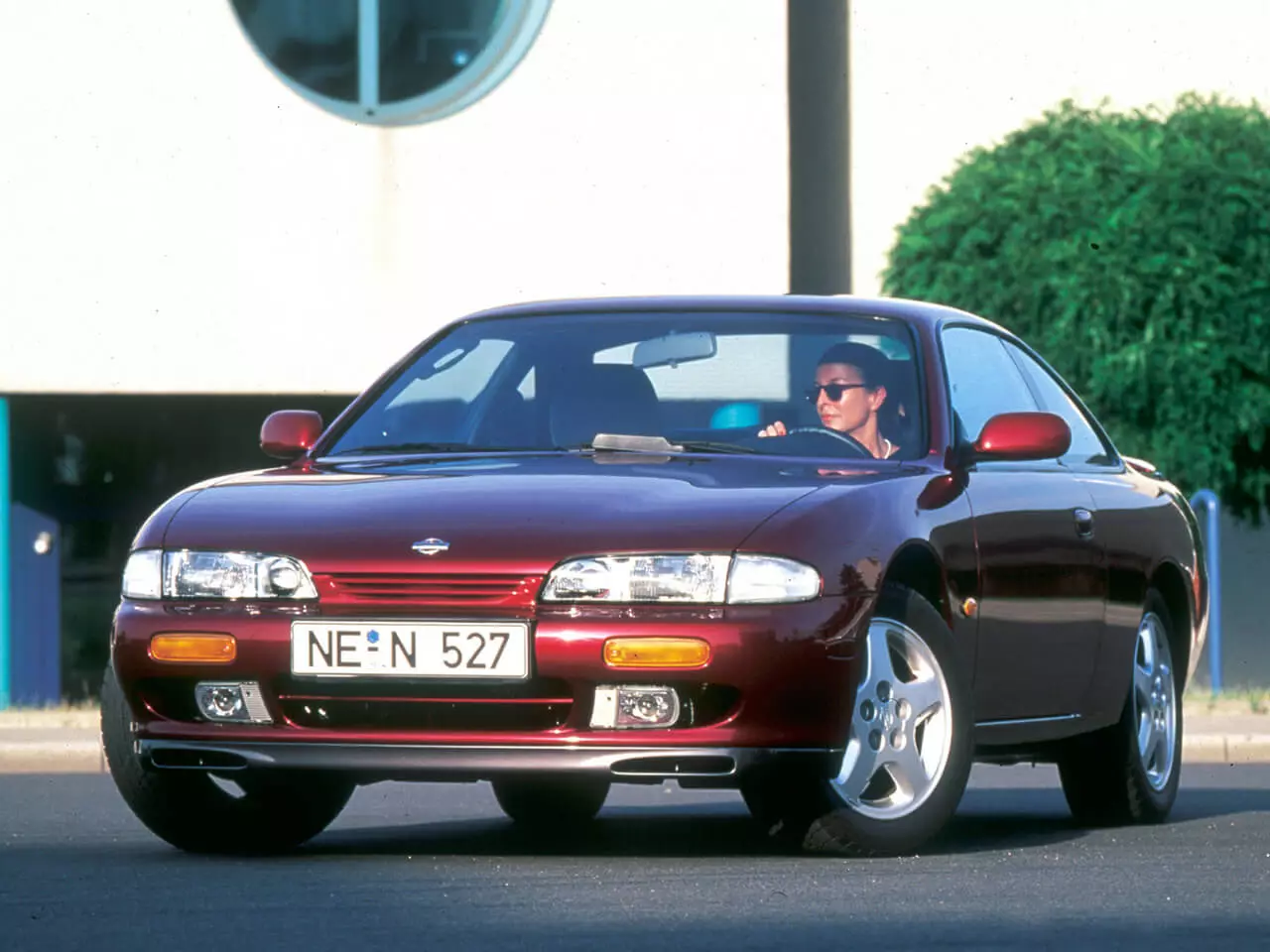
In the best Japanese tradition, it has been modified by its fans right down to the last house — finding them original is starting to be a near impossible task — and its architecture makes it a regular presence in drift competitions.
I don't think we could end our reunion with the coupés of the 90s in a better way.
